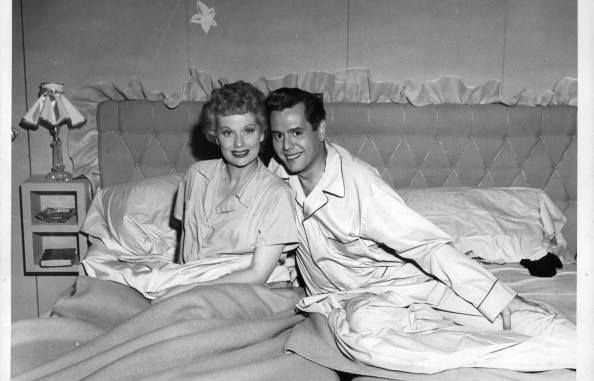
When I Love Lucy first premiered on October 15, 1951, few could have predicted the revolutionary impact it would have on television. Created by and starring real-life couple Lucille Ball and Desi Arnaz, the show quickly became a cultural phenomenon, attracting millions of viewers each week and setting new standards for comedy and production.
One of the most significant innovations I Love Lucy introduced was the use of a multi-camera setup filmed in front of a live studio audience. This technical breakthrough, developed by cinematographer Karl Freund, allowed for higher-quality recordings that preserved the show’s energy while offering more dynamic visuals. It also made reruns possible, an idea that was virtually nonexistent at the time, laying the groundwork for television syndication.
The show centered around Lucy Ricardo, a housewife with showbiz dreams, and her husband Ricky, a Cuban-American bandleader. Their comedic escapades, often involving Lucy’s outlandish schemes to get into Ricky’s nightclub act, provided both heart and hilarity. The chemistry between Lucille Ball and Desi Arnaz was electric, both on- and off-screen.
More than just a comedy, I Love Lucy broke boundaries by featuring an interracial marriage on television and showcasing a powerful woman in front and behind the camera. Lucille Ball became the first woman to run a major television studio—Desilu Productions—paving the way for other female creators in Hollywood.
Over six seasons and 180 episodes, I Love Lucy captivated audiences and left an indelible mark on the entertainment world. It’s not just a classic sitcom—it’s a blueprint for how television comedy is still crafted today.
